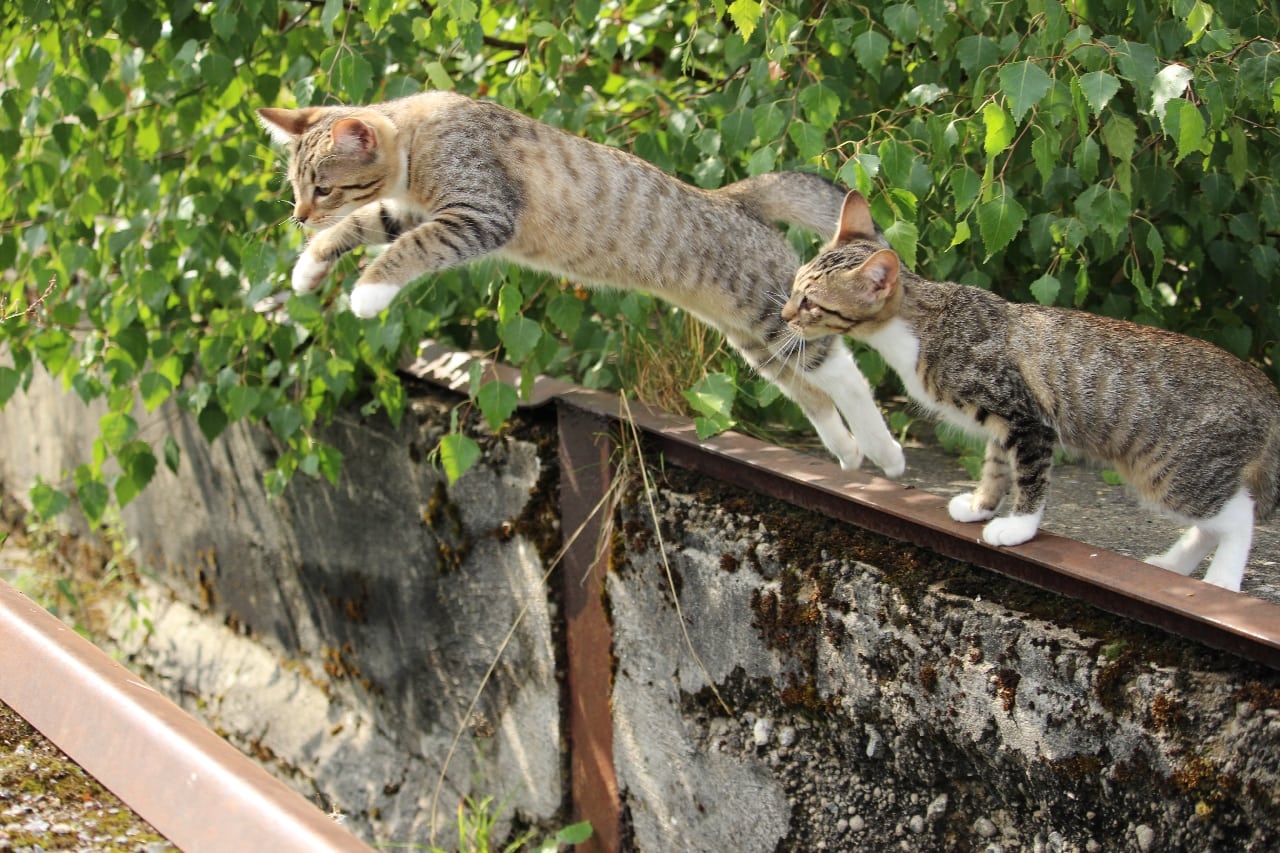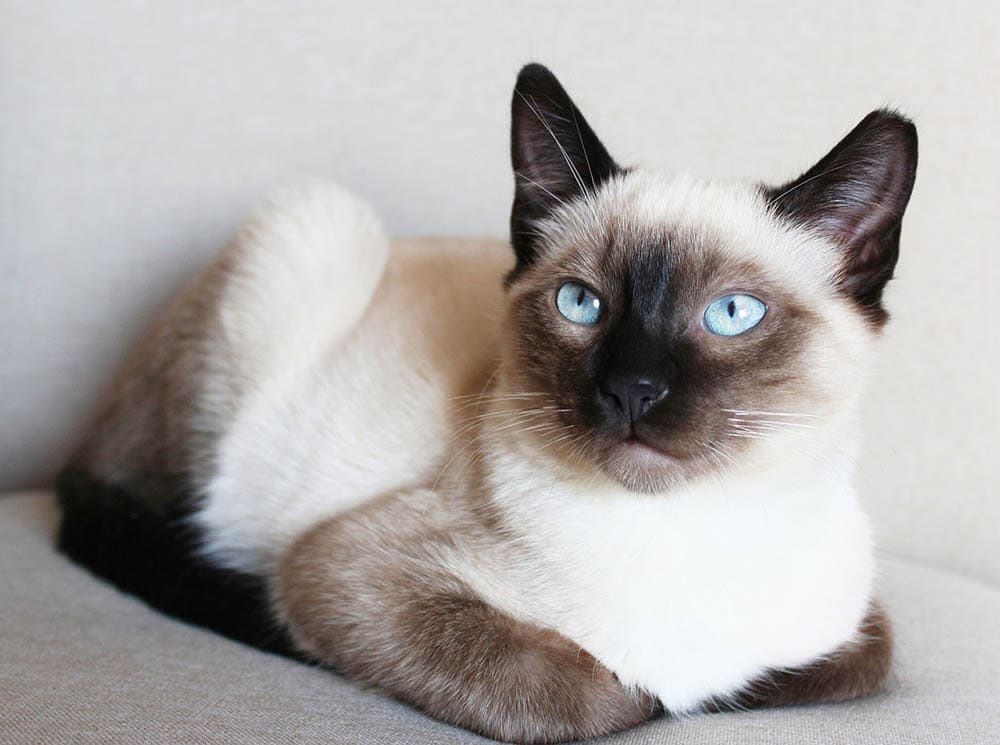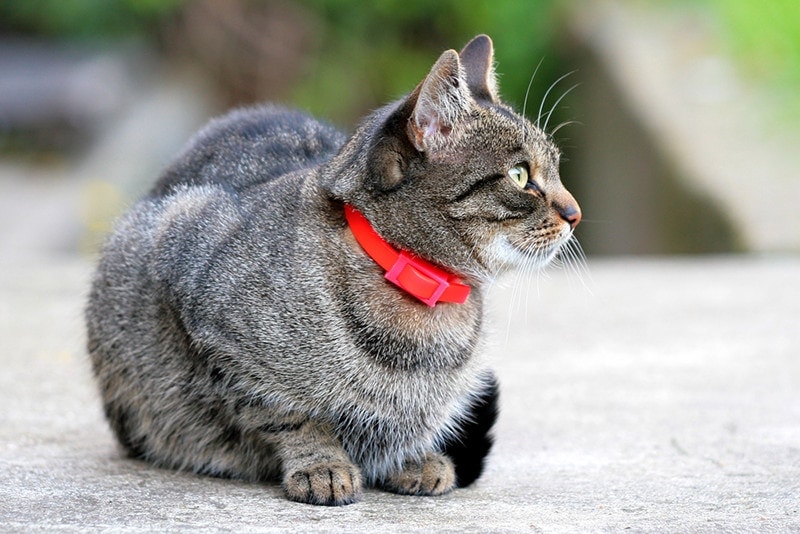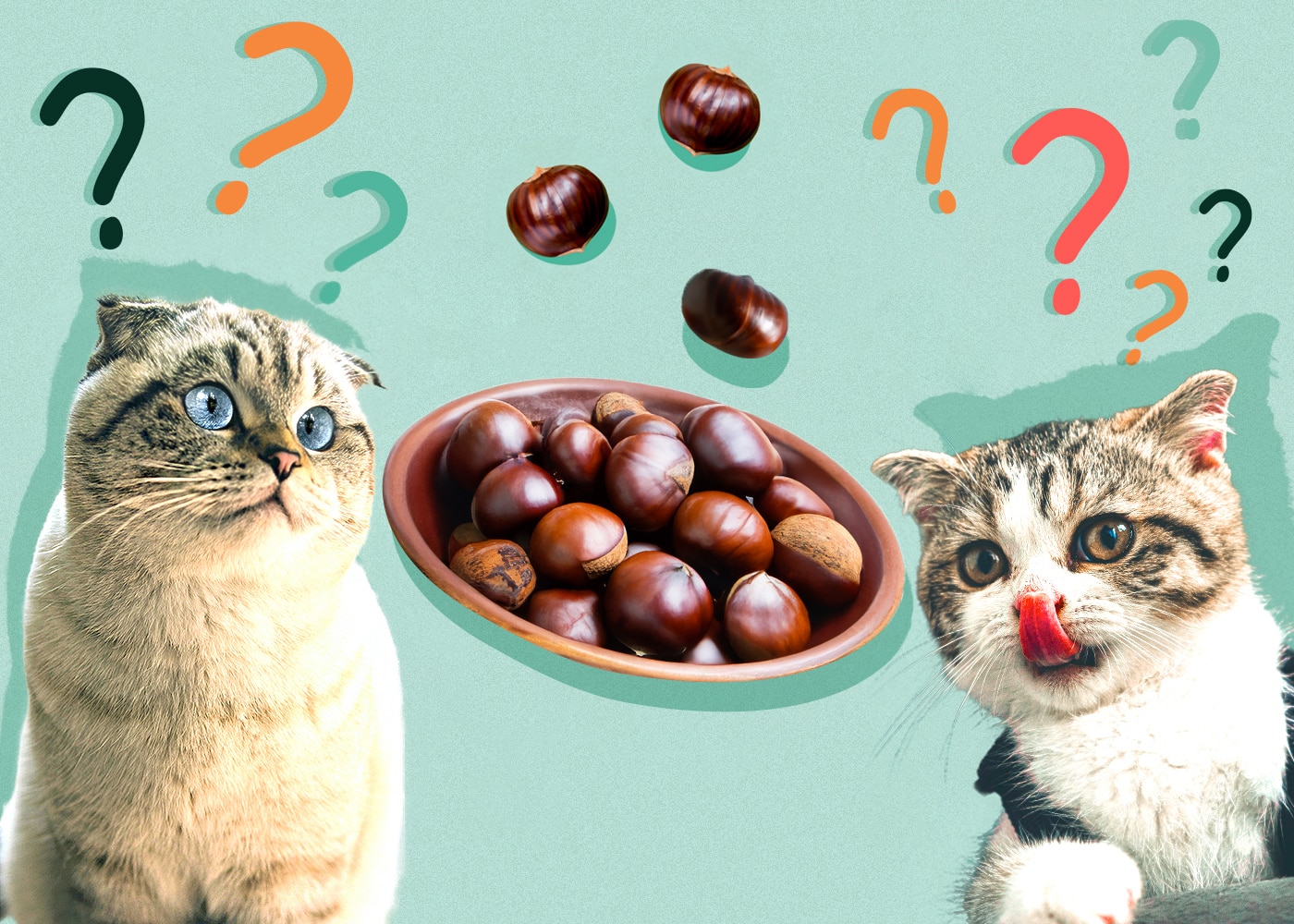Why Your Cat Trills When They Jump: 5 Vet-Approved Reasons
Updated on
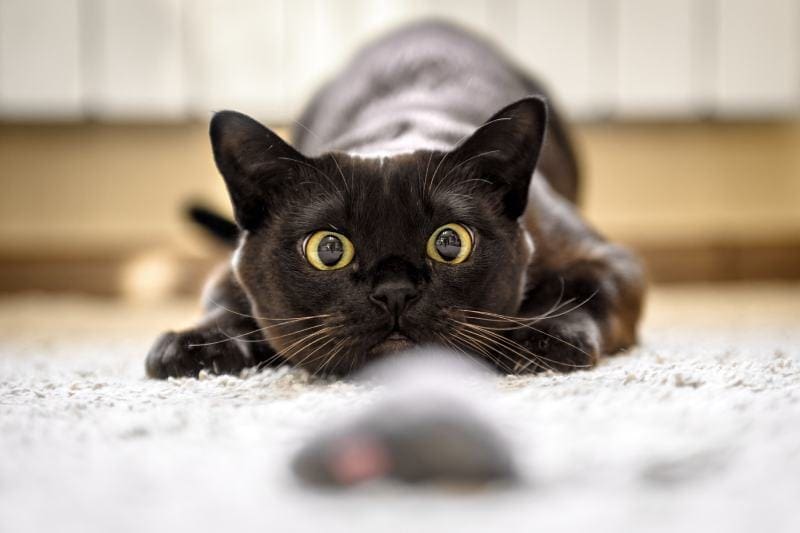
Before a cat jumps, they will crouch down, wiggle their shoulders, sometimes let out a meow, and then jump. If you have ever heard your cat make a vibrating or high-pitched meow before they jump, it is known as “trilling”.
Trilling is a type of cat vocalization classed as ‘murmur’, which means that this sound is produced with the mouth closed. A 2019 study found this sound to be the second most common after the meow¹. Cats use this type of vocalization to communicate in a friendly context, such as when approaching familiar people, an expression of strong bonding, or as a form of recognition. It is also common for some cats to do this before they jump, especially if they are jumping up to something that is quite high up.
Here we will discuss the five likely reasons that your cat trills before they jump.
The 5 Reasons Why Your Cat Trills When They Jump
1. Excitement & Happiness
Jumping is exciting for cats, so they might trill before they jump because they are looking forward to reaching the area they want to be. If your cat is jumping to pursue a prey animal like a bird or squirrel, or perhaps jumping up to the counter to eat their food, they will trill to vocalize the excitement and anticipation they have to jump up to a specific area.
Some cats will also trill if they are jumping up to a table to receive a treat from you, or just to show the happiness of being near you.
2. Nervousness
If your cat is feeling anxious or unsure about the jump—perhaps they miscalculated the distance of the jump—they will trill and let out a meow because they are feeling nervous or even scared.
A trill of nervousness is especially common in cats who are jumping down from a high surface. Even though cats aren’t typically afraid of heights, they can still be overwhelmed by the height that they just jumped down from, so you may notice that they trill either mid-jump or once they have landed.
3. Acknowledging Your Presence
Meowing and other vocalizations are used to communicate a cat’s internal state, and if you are near them, your cat may trill because they know you are there and they want to communicate with you that they are about to jump. Trilling can also be a way for your cat to greet you before they jump. It could be interpreted as “Hey, I know you’re here, notice me!”.
Cats mainly use vocalizations such as meowing to communicate with us, so if your cat is trilling to you before jumping, it is probably in an attempt to communicate with you, even if you don’t know what they are truly trying to say.
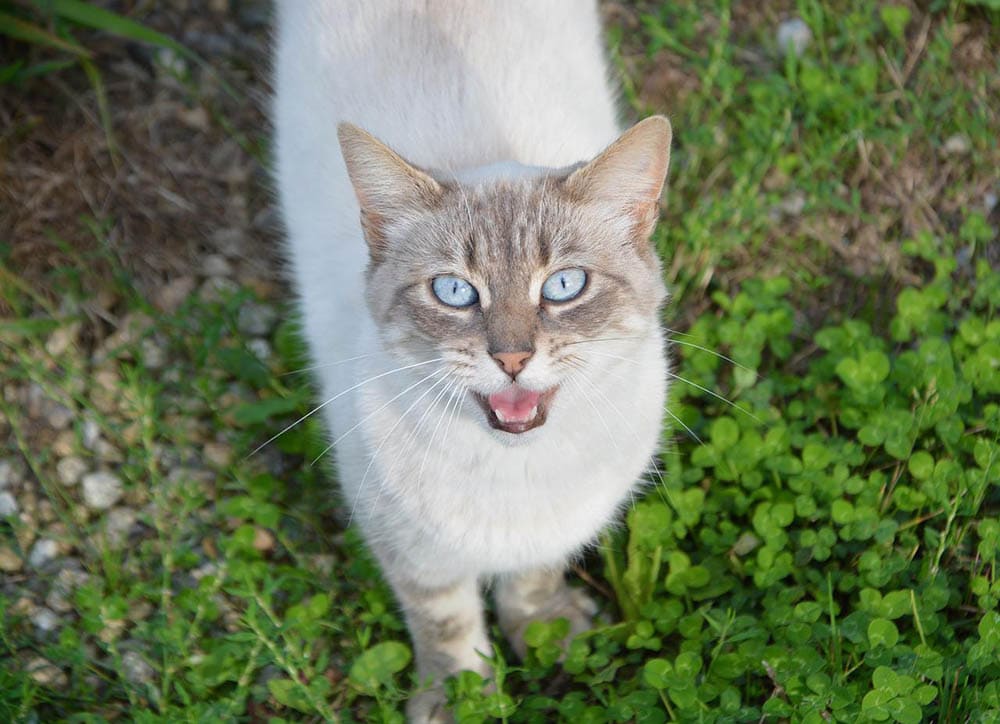
4. Getting Ready To Jump
Almost like a pep-talk of encouragement to themselves, some cats will trill to get themselves motivated to jump. The trill can also be a noise that your cat produces from the momentum of their jump, sort of like an involuntary noise that your cat makes as they are jumping.
5. Communicating with Another Cat
Cats also use trilling to communicate between themselves. If another cat is around, trilling is a vocalization that they use to greet one another. Maybe your cat is about to jump and suddenly notices their feline pal entering the room, or they want the other cat to engage in a playing session that starts off with a jump.
Conclusion
Cats have a range of different vocalizations used for communication, and trilling is one of them. It is normal for a cat to trill before they jump, although not all cats will do this. You may notice your cat trilling on occasion before they jump, and it is likely due to one of the reasons we have mentioned in this article.
Featured Photo Credit: Viacheslav Lopatin, Shutterstock


